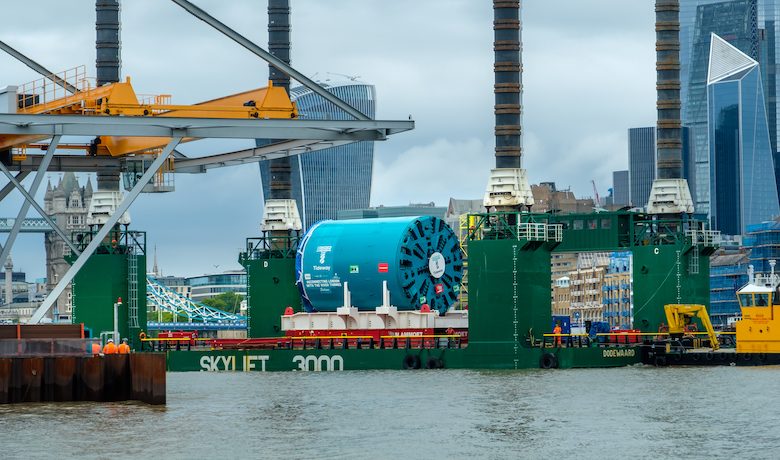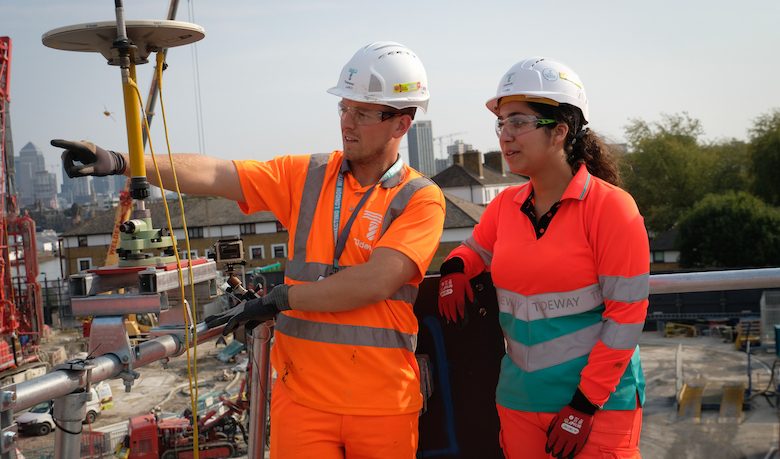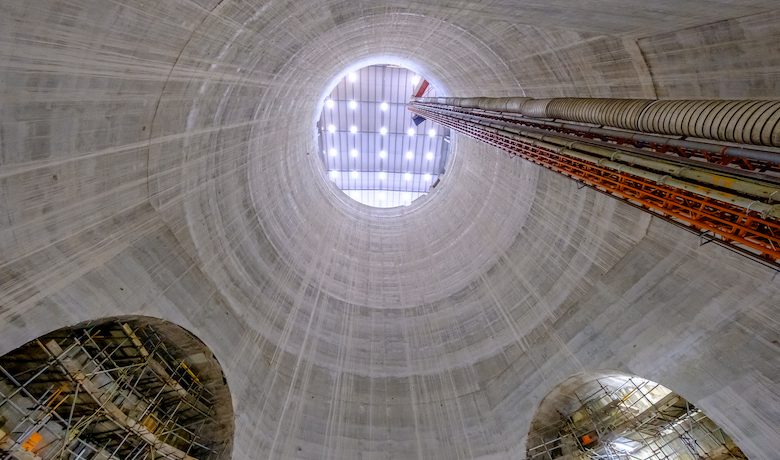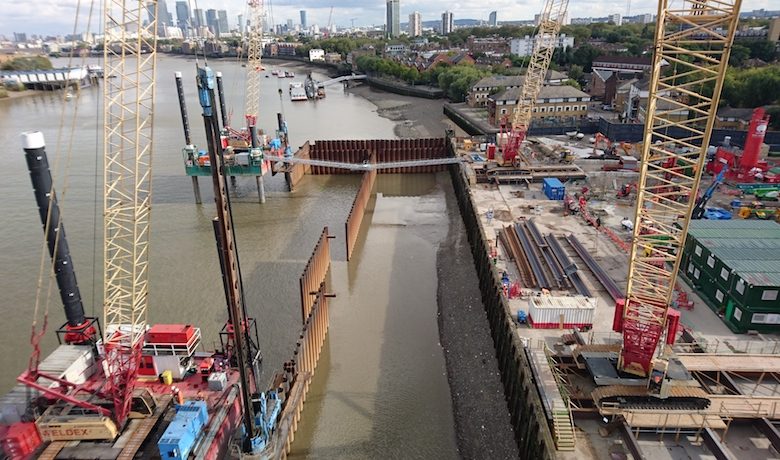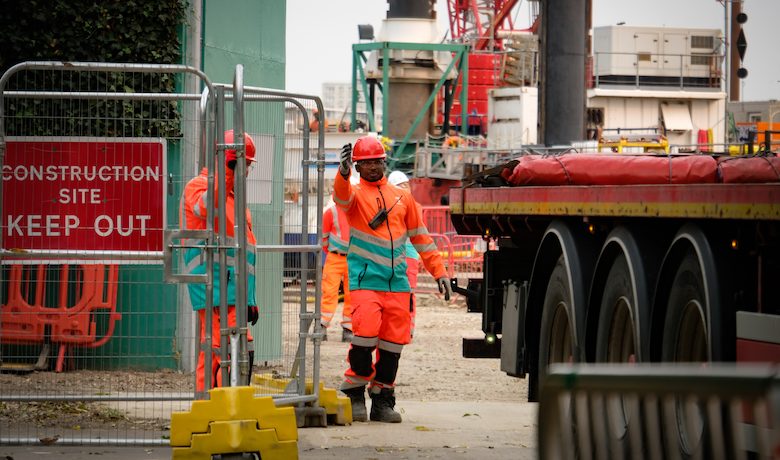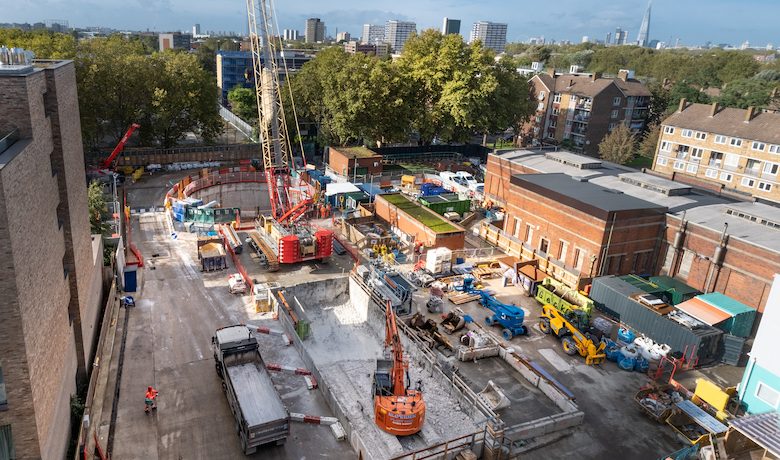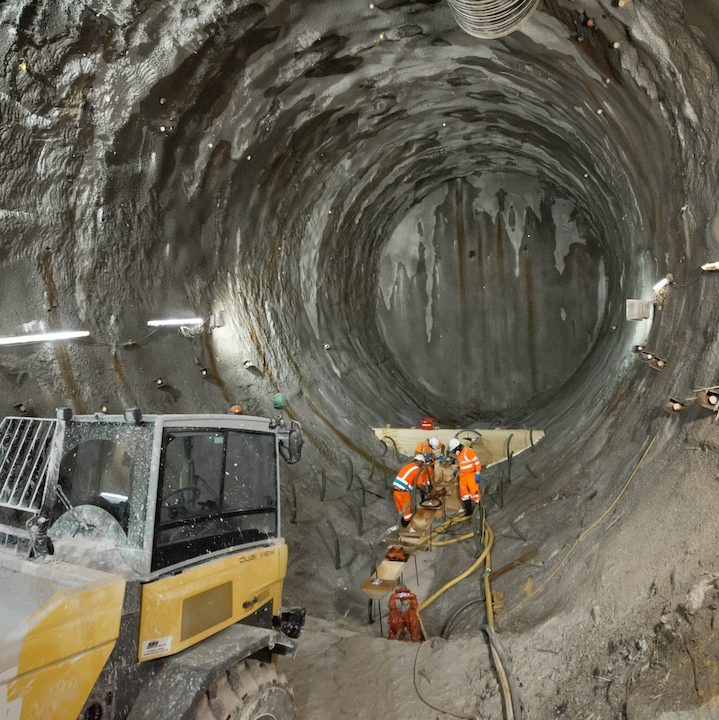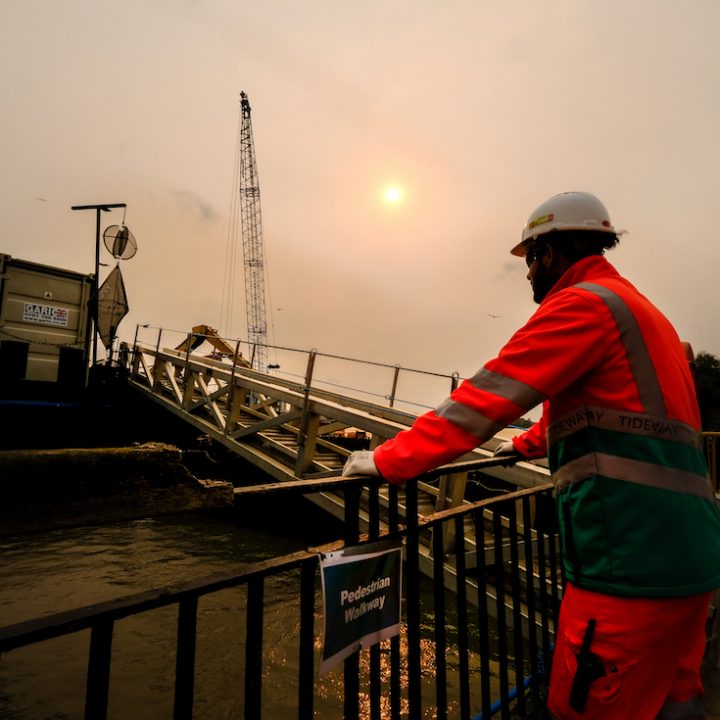BACKGROUND
The idea of evacuating wastewater is not new. Sir Joseph Bazalgette, a British civil engineer during the Victorian era, already aspired to this. He is famous for his revolutionary project for an underground sewerage system (the Thames was an open sewer until then) to reduce the risk of cholera and eliminate foul smells. The Great Stink of 1858 accelerated the acceptance of the project. Sewer construction to evacuate wastewater started taking form and brought with it a revolution in sanitation. But given the high growth of the London population since the 19th century, this infrastructure proved to be insufficient. That is why, after the success of the Lee Tunnel, which helped prove our know-how in technical construction, we were invited to construct the East works package. This project will reconcile Londoners with the River Thames.


